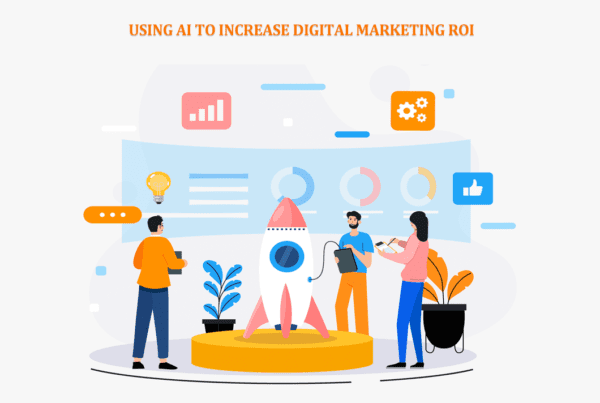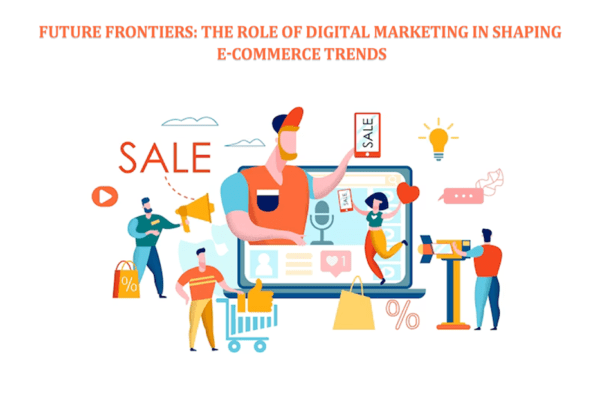Digital branding works with various digital devices, including determining the prospects of a product or service, developing and creating a brand for it, promoting it on all possible digital media, both on the Internet and outside it.
The perspective of digital branding
The number of sources for sending and receiving the information has grown many times over. Personal digital devices – from a desktop computer to a training beacon – make it possible to disseminate and receive the information you need anytime, anywhere.
It is not difficult to come to the conclusion: the more communication streams are involved, the easier it is to reach out to potential buyers and consumers.
The challenge is not to mechanically digitize existing data, but to develop marketing methods that are effective in the digital space. The work includes the analysis of the information received and the synthesis of promising ideas, trial launches, and processing of their results, building a totally recognizable brand, promptly adjusting the presentation, cooperating with other companies while maintaining their uniqueness.
This is the only way to achieve real financial success.
Digital branding stages
- Market analysis
Before starting work on brand promotion, it is required to determine:
- the volume of the demand market – do many people need what we are promoting
- the number of competitors and existing gaps that can be filled
- investments made by competitors (little means there is no demand, a lot – it is worth considering whether it is necessary to promote this type of brand)
- Market sectors in which we work (youth, business people, car owners, etc.)
- the psychology of consumers and their number (how to encourage the use of this particular product, whether the brand will “cling” to this category)
- The financial side of the issue: how much money will have to be invested in promotion, what the brand’s prime cost may be.
Determination of positions
This is a period of fateful questions:
- Does this brand need consumers?
- How do we position ourselves: “New in the line” or “Only with us”?
- Will this thing be in violation of laws and codes of ethics?
- How to touch not only the mind but also the emotions of the consumer (this is prestigious, great, you will win a prize, there will be more free time, etc.)?
Building a recognizable brand
The practical development phase begins with the visual component. The logo should be simple, without small details, memorable.
Further, the approach must be comprehensive: the client must watch, listen, and receive information about the brand from all possible sources.
- From time to time, Internet banners appear before the eyes of the consumer, information about ongoing promotions, integrated into advertising campaigns in various areas of the digital space. All this – with a clear identification of our “brainchild” both for online applications and offline (regular media).
- We create a corporate website with several sections – people ask questions, get information, get acquainted with the characteristics of the brand, and find out that an advanced person cannot do without THIS.
- On the basis of the site, we are building a fan club where they share advice, suggest new ideas (they will be useful to us too), and ask profile questions. Naturally, “not ours” messages should appear there, setting a positive tone.
- We are building a trading platform with the owners of online stores on a different but similar topic: their advertising will appear on our website, ours will appear on their side, with approximately the same frequency.
Brand promotion should be multifaceted, transformable into different formats, including off-line. We make the blanks in advance, improvise along the way.
Therefore, we focus on:
- devices with Internet access, from a stationary computer to a laptop, tablet, smartphone
- Lower-end gadgets available to us: fitness wristbands, smart watches, etc.
- radio, especially portable: the impact on the auditory canal is more effective
- digital TV, terminals, advertising and information screens
- Branded mini-films, games, cartoons, etc.
- inference to the brand using trading platforms;
- sending SMS and SMM, moreover, addressed to the desired sector
- Cooperation efforts with an already well-known brand, if our product relates to them. Example: Nike is intrigued by a novelty: chips embedded in training shoes to record movement activity and training efficiency. The chipmaker demonstrates how the device works on the example of Nike sneakers – this is both an increase in confidence in the new development and additional advertising of a well-known company.
- Word of mouth. 90% of consumers trust recommendations more than advertisements. If the TV show responds positively about some product, it can work more effectively than direct advertising
- The presentation of the results of consumer surveys gives a market expansion of at least 10%.
Features of Digital Branding
- Digital branding encompasses not only the Internet but all digital media off the web. Its advantages: a variety of communication channels, the speed, and accuracy of message delivery, the ability to collect data in different ways.
- Brand building in digital consists of 4 main stages: research, positioning, visual identification, communication development.
- A digital identity must be dynamic, responsive, and easily scalable both online and offline.
- Using targeted segmentation will give you the opportunity to communicate with your target customer.
In general, digital success consists of combining a standalone brand and widespread promotion across the entire spectrum of online activities. Elexoft Branding has many years of experience in the development of digital branding and will be happy to do it for your company using only advanced technologies and all kinds of tools.









